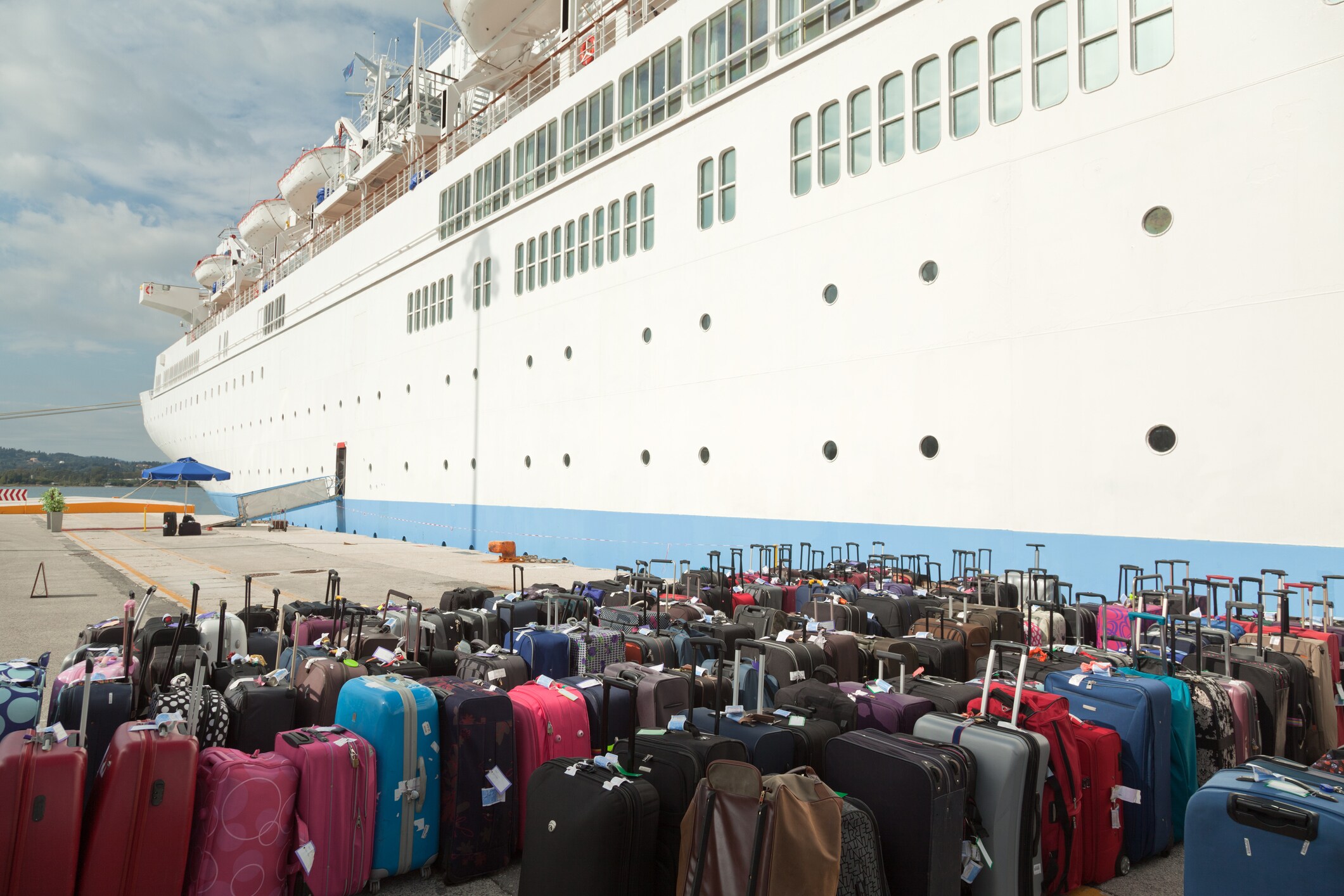 We’ve previously written about the need for US Customs and Border Protection to monitor cargo containers coming into the country to help ensure they are not carrying radioactive sources or nuclear material.
We’ve previously written about the need for US Customs and Border Protection to monitor cargo containers coming into the country to help ensure they are not carrying radioactive sources or nuclear material.
However, radiation screening is needed well beyond shipping containers and pallets to include what is known as passenger screening or individual passenger monitoring. This concept is particularly apt in the UK, for example, an island nation where everything and everyone coming into the country arrives by air or sea, on ships or ferries, or by an undersea tunnel from Europe via cars, trucks, and trains. Just about every mode of transportation carrying people and goods comes into the UK.
This makes customs controls and monitoring a complex task, since the UK’s unique geography and many seaports requires constant and comprehensive screening of people arriving through customs checkpoints. But screening people walking off a ship or a plane is not the same as screening shipping containers. Screening passengers is more personal and can be unsettling unless it can be done in a minimally intrusive way.
When a ship arrives in port, cargo containers pass through radiation portal monitors as they are unloaded, and then if they trigger an alarm, they’re secondarily inspected by customs officers equipped with a RIID, or Radioisotope Identification Device. RIIDs are Geiger counter-like handheld instruments designed to determine the identity of radioactive materials by measuring the energy of the emitted gamma rays.
Scanning people with a hand-held RIID device as they pass through a line is not only less efficient overall, but bound to create alarm and uneasiness; exiting passengers might ask “What am I being scanned for?” or worse, “Does that thing emit waves or radiation? Can it do me harm?” And of course, “Why do they think I need to be investigated like this?” Problems tend to arise when people feel harassed; Customs does not want travelers to feel unduly or undeservedly scrutinized, field complaints or see delays in the process.
The solution came with electronics miniaturization and the development of smaller, almost diminutive Personal Radiation Detectors (PRDs) that could be worn on a Customs officer’s belt. Approximately the size of a pager, and smaller than a walkie-talkie, these PRDs don’t draw attention to themselves yet still perform the essential function of radiation monitoring and detection. They look like other pieces of equipment clipped to an officer’s belt, so they draw less attention.
These PRDs are high-sensitivity gamma radiation detection and dose rate measurement tools, designed to localize radiation sources and monitor exposure even when entering high dose rate scenarios. The instrument’s sensitivity allows for fast discrimination and adjudication of potential threats but also utilizes technology that reduces false alarms that can distract and be confused with legitimate alarm warnings.
U.S. Customs and Border Protection has reported that on a typical day in Fiscal Year 2019, they processed:
- 1,124,075 passengers and pedestrians:
- 371,912 incoming international air passengers and crew
- 70,414 passengers and crew on arriving ship/boat
- 681,750 incoming land travelers
In this fast-paced high-volume traffic scenario of a Customs checkpoint, officers can wear these PRDs on their belts, which go basically unnoticed until they are alarmed by detecting a radiation source, and they can be set to ‘silent’ alarm so only the officer is made aware.
The last thing security personnel want is to have dangerous radioactive material enter the country unnoticed, or to falsely alarm over a million passengers in one day.
For additional details, read: A new approach to border protection



Leave a Reply